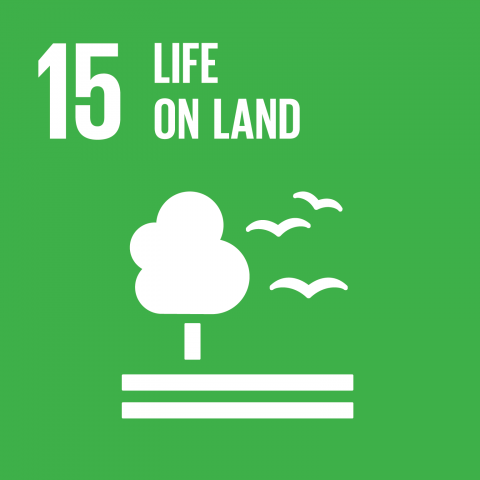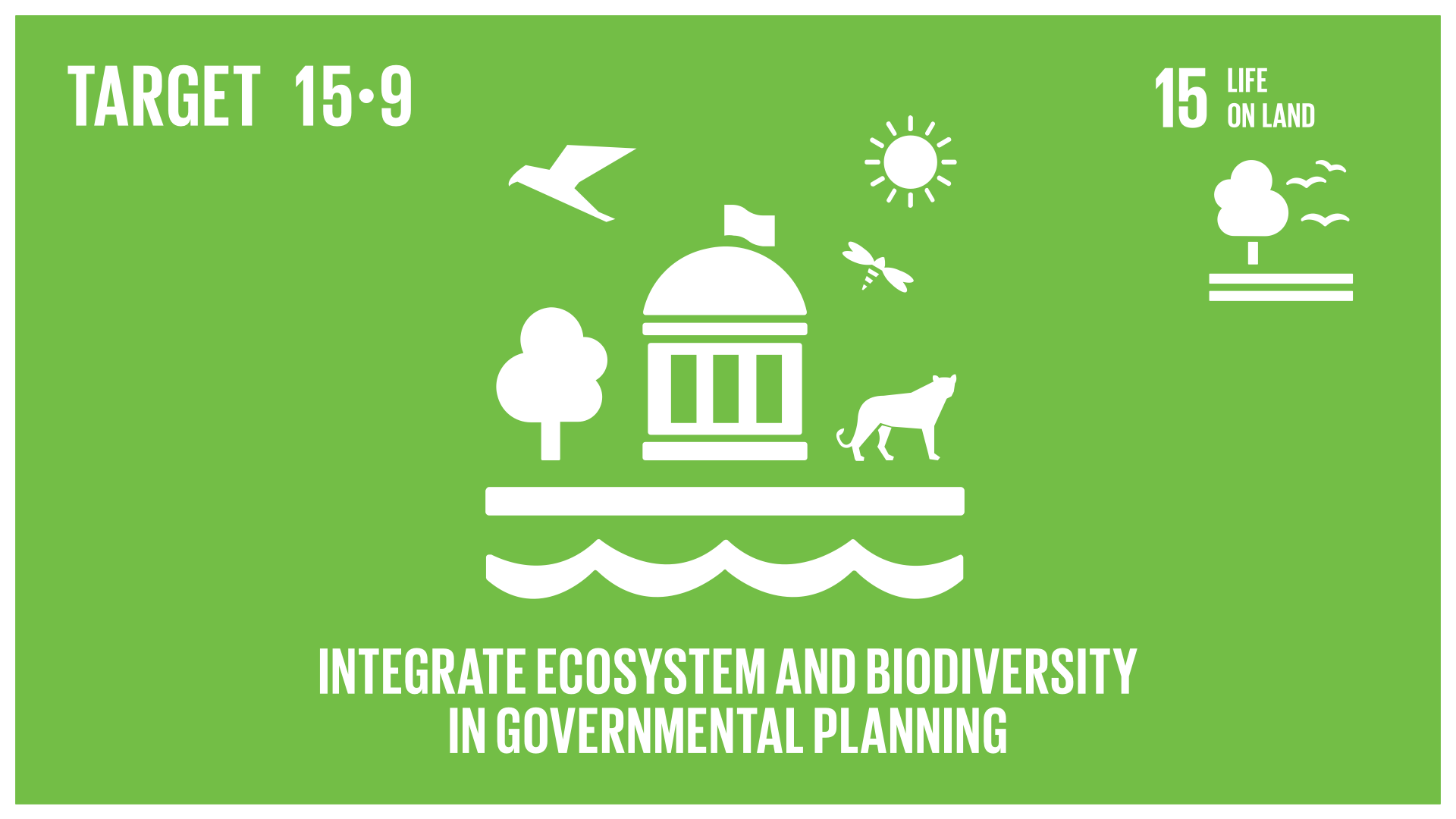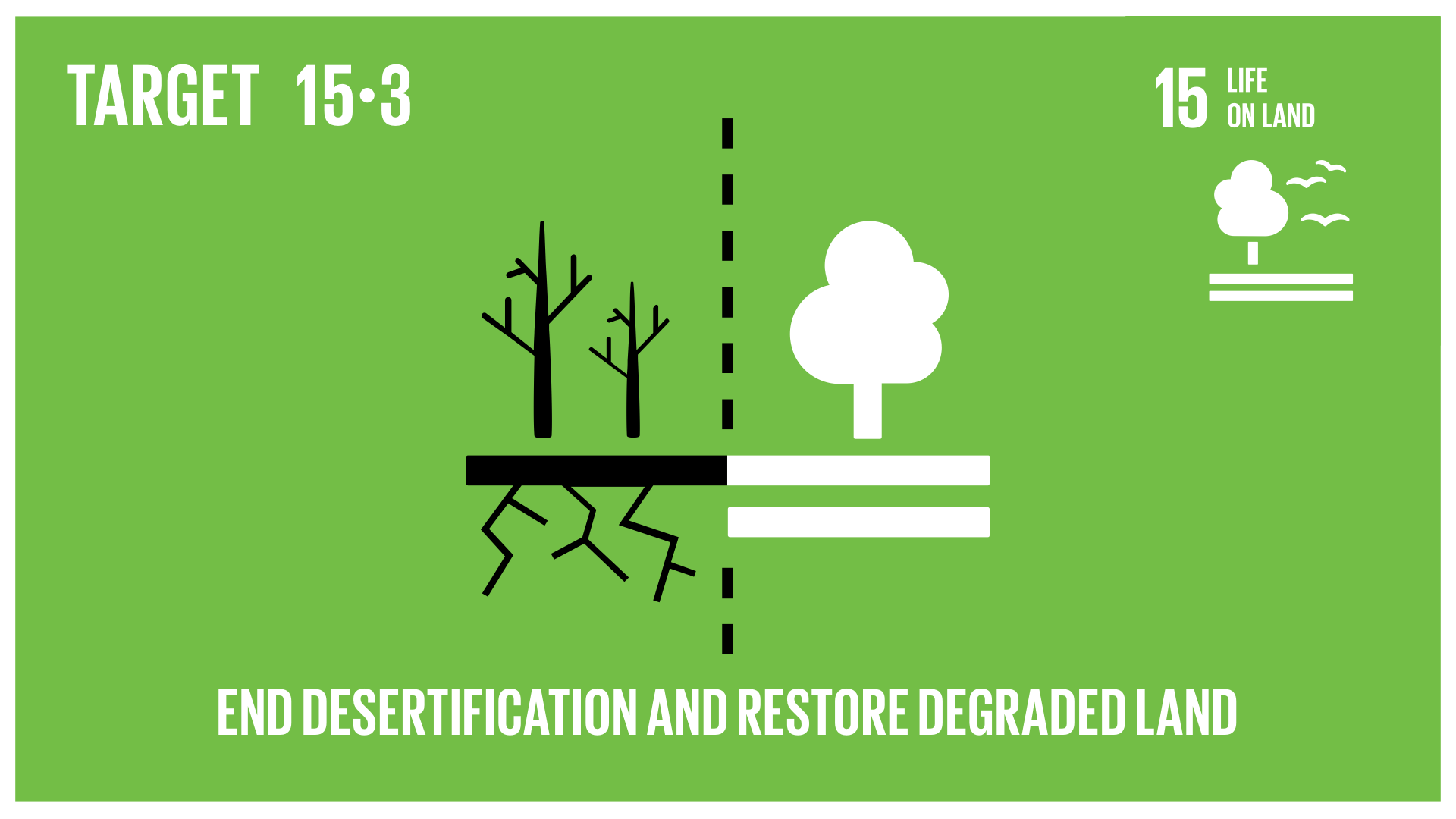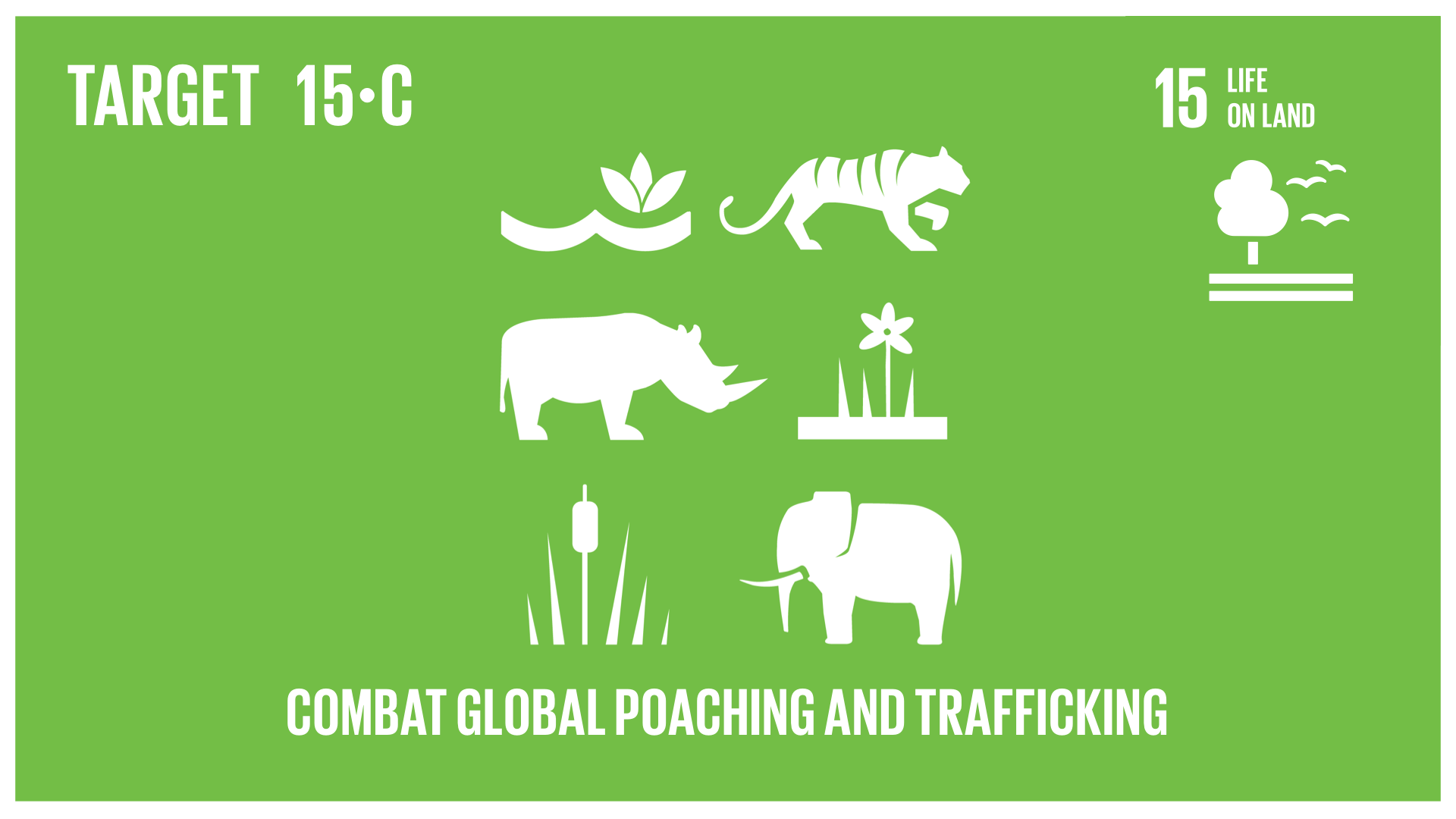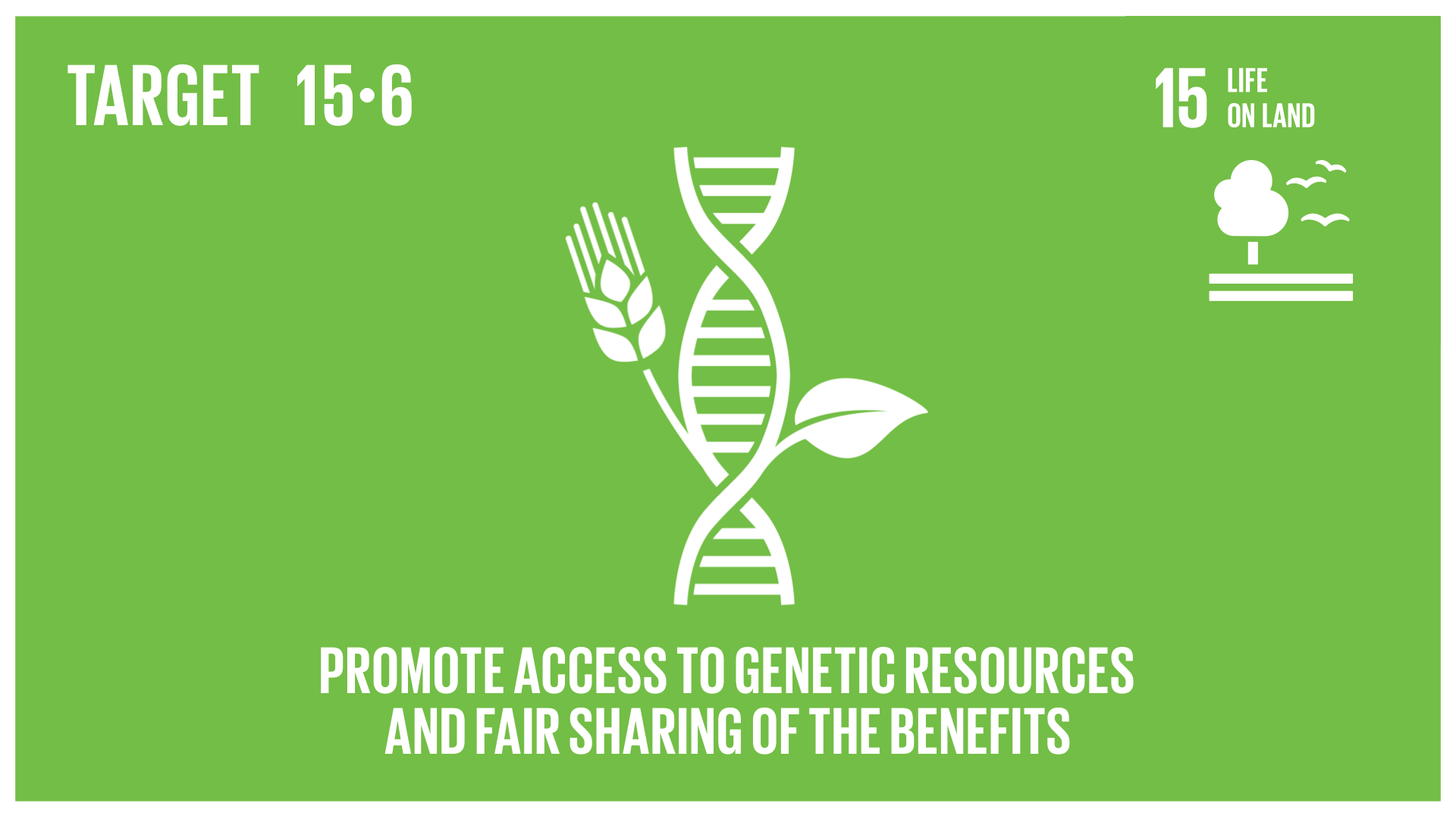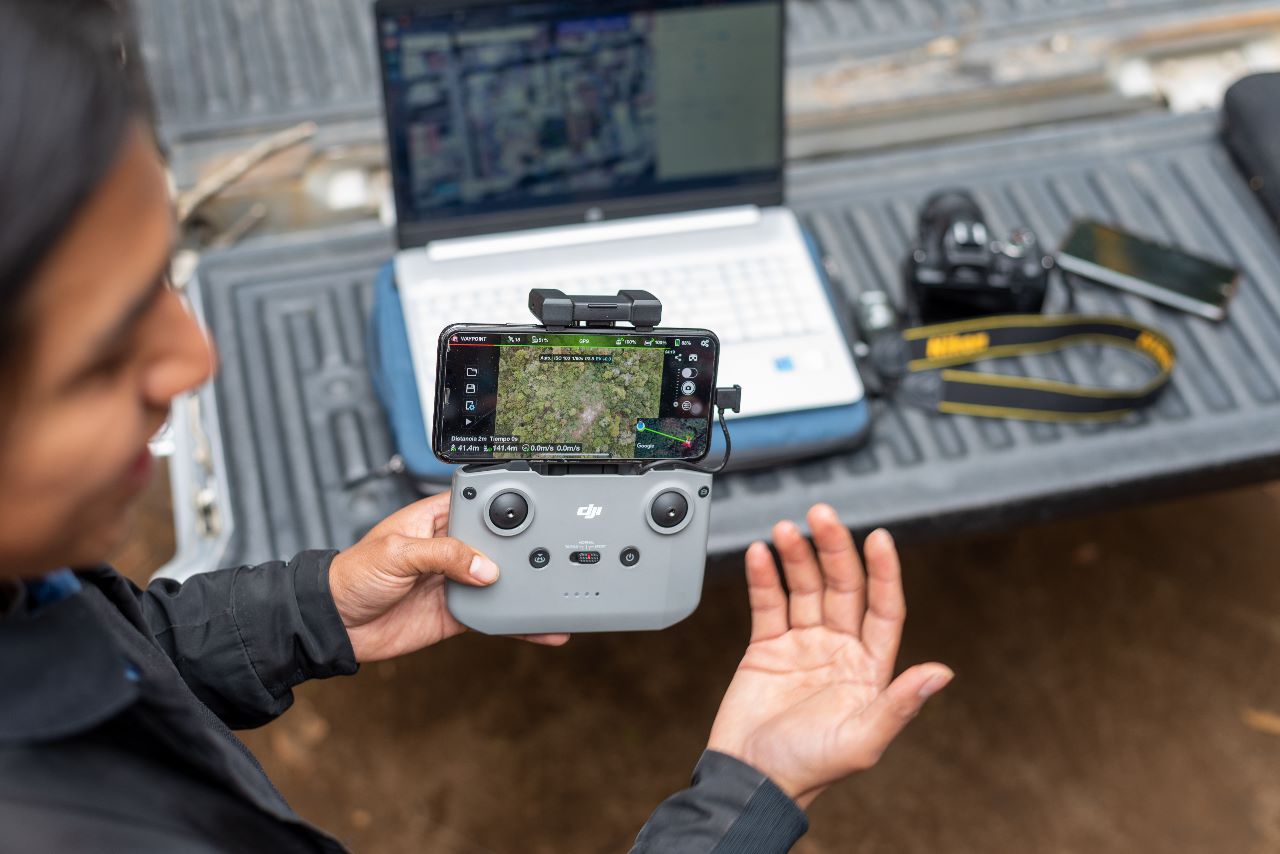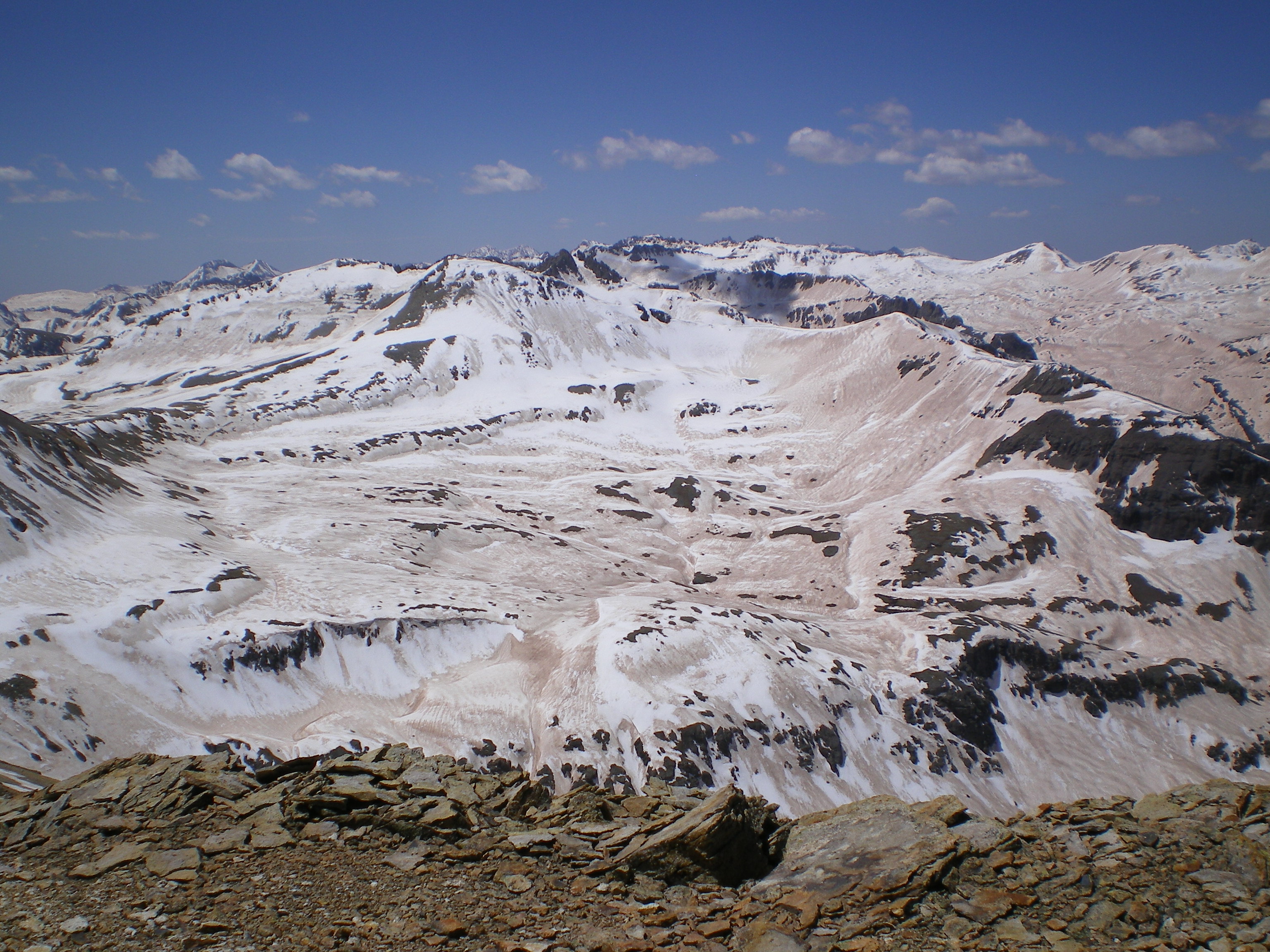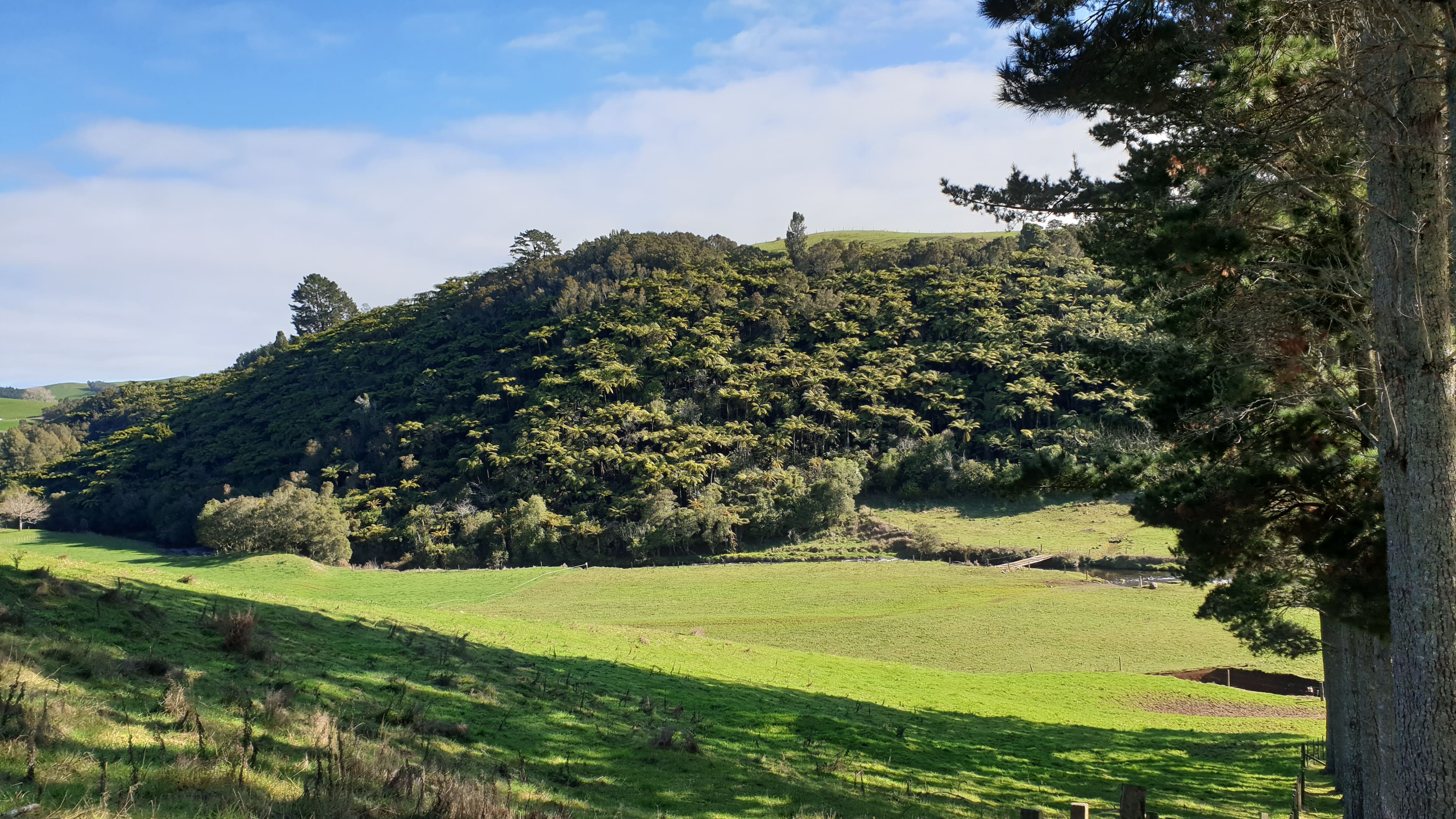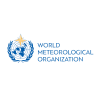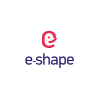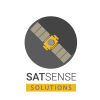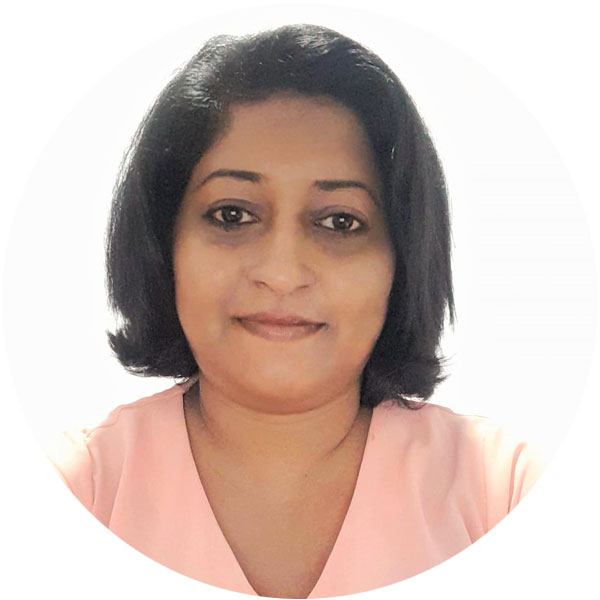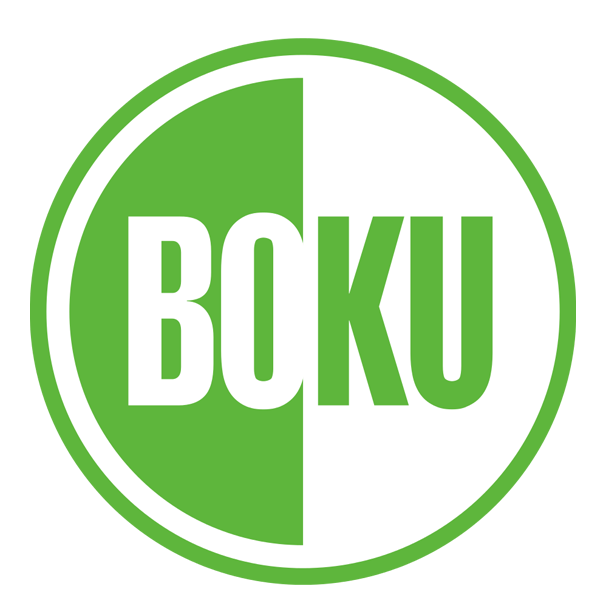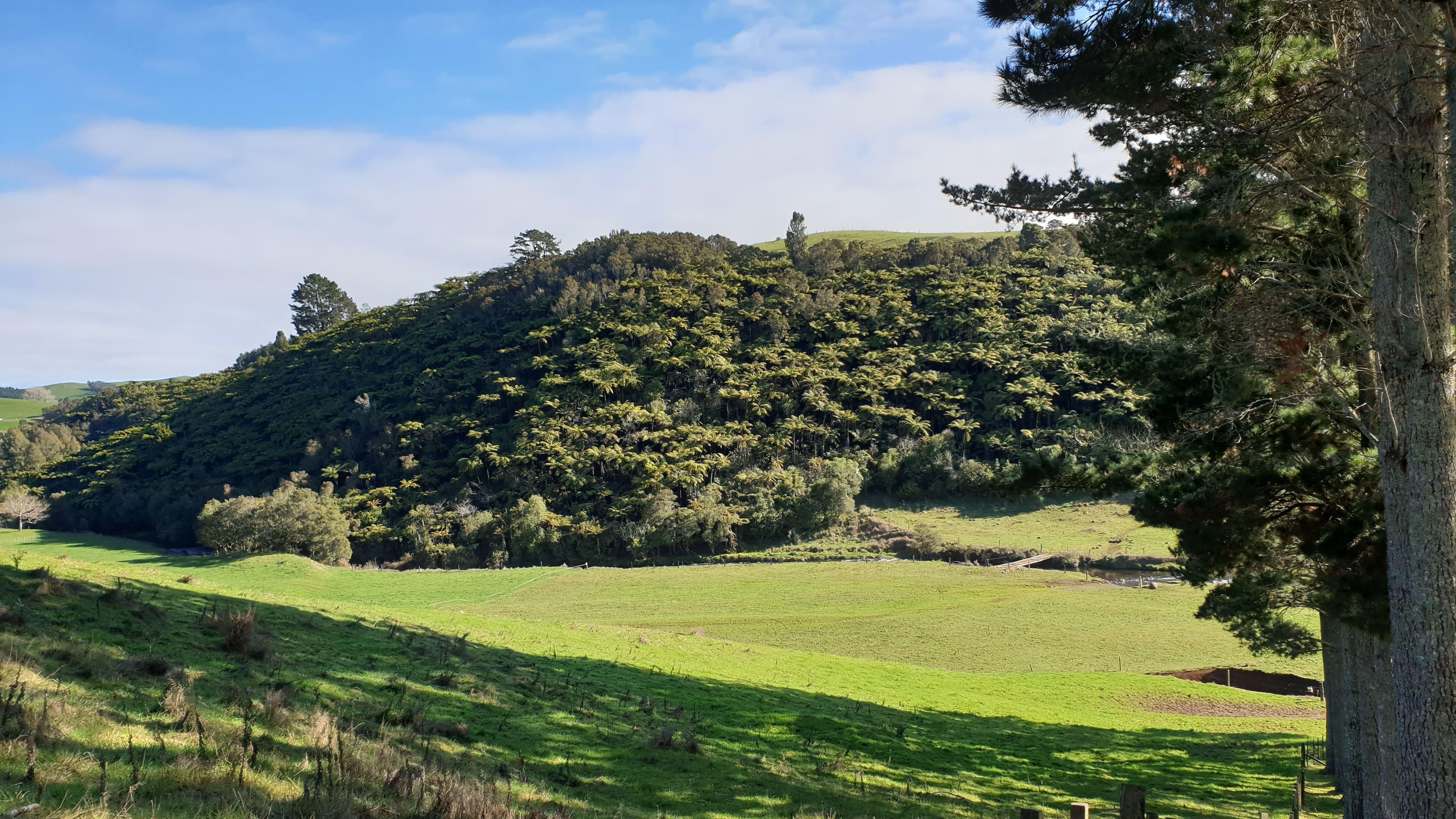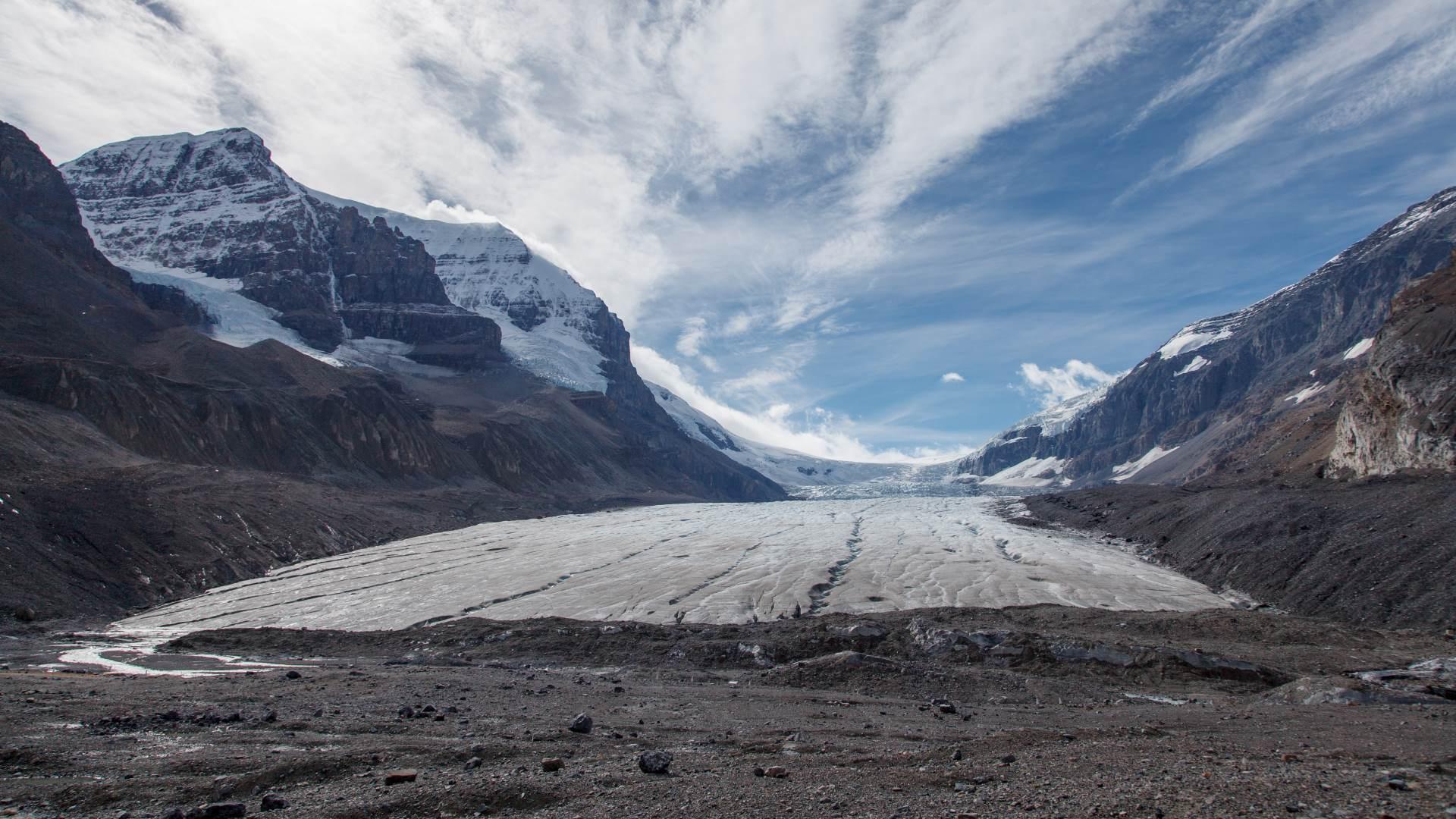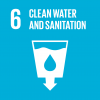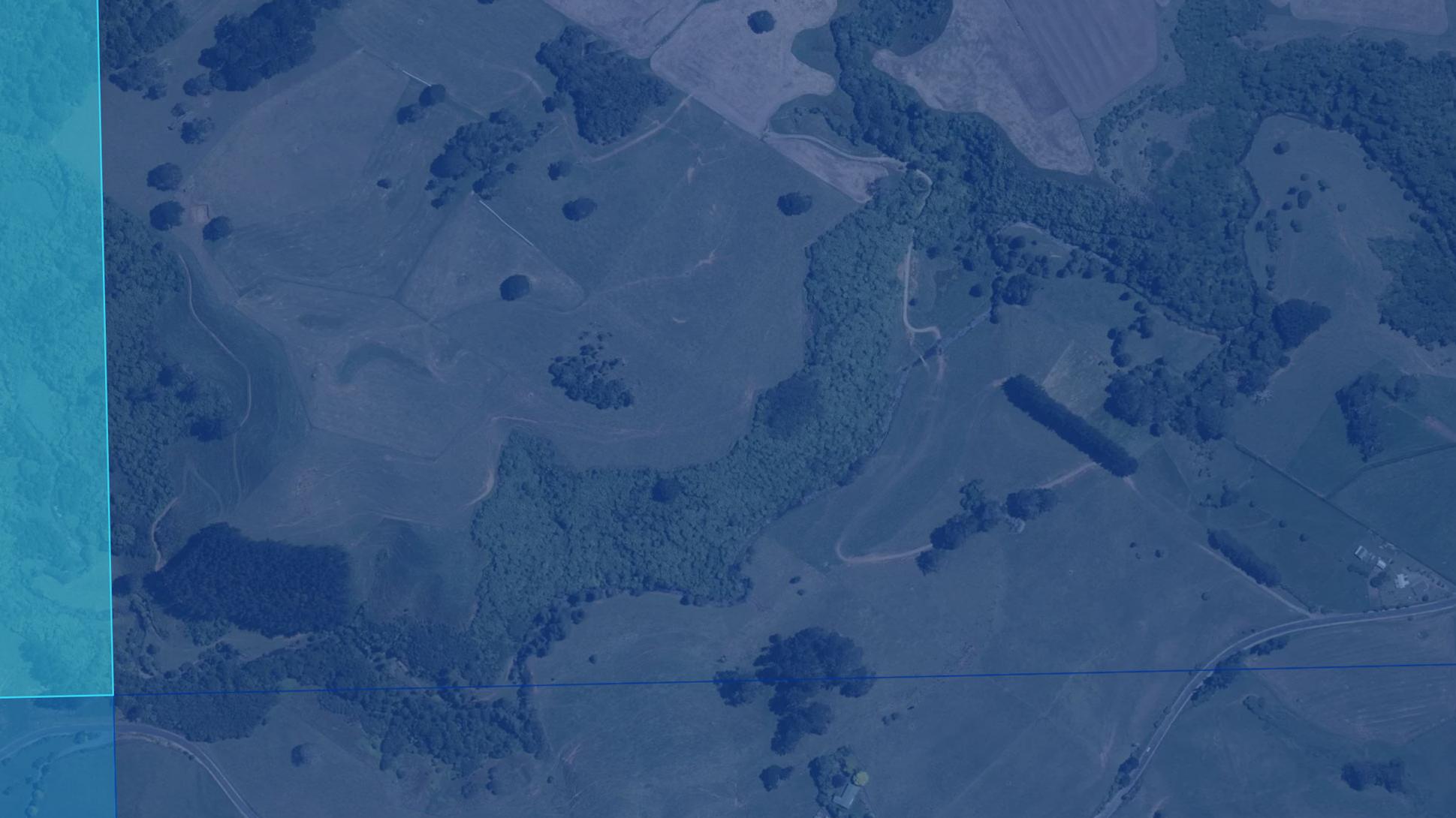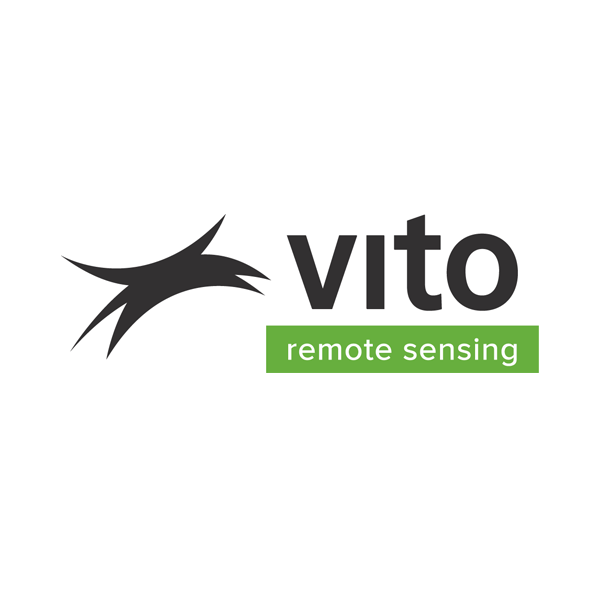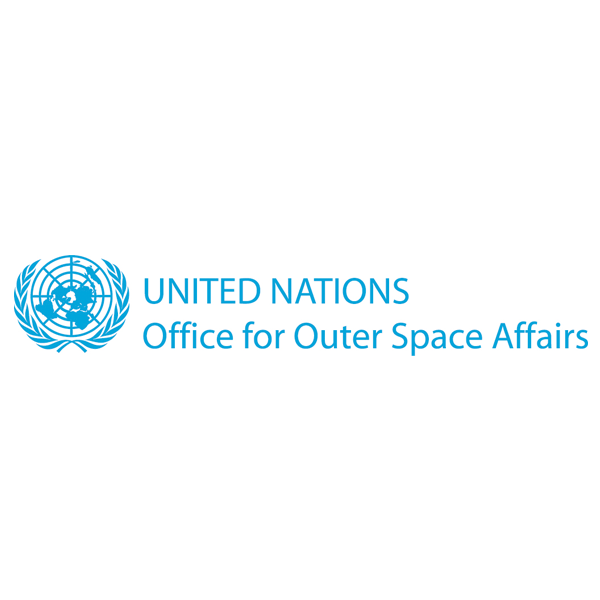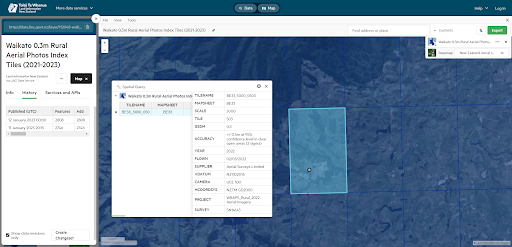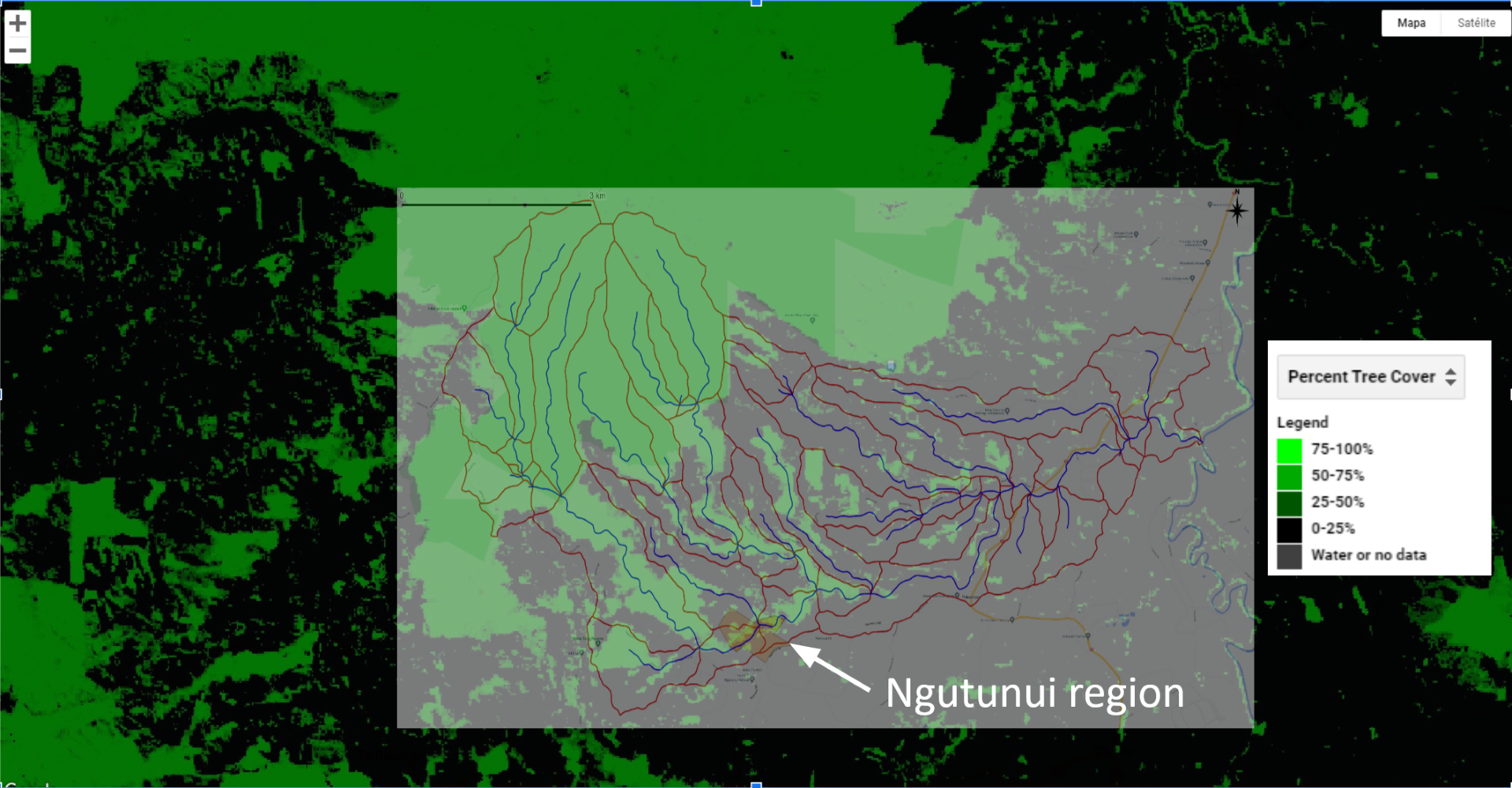Note: this description is a work in progress developed by the collaborating entities in a workshop. If you would like to contribute reach out to office@space4water.org, or your trusted Space4Water point of contact.
The solution approach begins with identifying the region's main rivers and understanding their hydrology using mapping and geoprocessing tools. After understanding the hydrography of the area and mapping the surface water extent river course through the building a hydrographic dataset, multiple image sources are used to map the historical land use and land cover surrounding the river.
1. Resources needed
Software
- QGIS https://www.qgis.org/en/site
- TerraHidro 5 - Console applications https://www.dpi.inpe.br/terrahidro/doku.php
- PostgreSQL https://www.postgresql.org
- PostGIS Spatial Database System https://postgis.net/
- PgHydro extension for PostgreSQL/PostGIS http://pghydro.org/
- PgHydro Plugin for QGIS https://plugins.qgis.org/plugins/PghydroTools/
Data
Forest And Buildings removed Copernicus DEM
Publications
see reference in the bibliography below.
2. Steps to the solution & status
Overivew
- Plot the Region of Interest (completed)
- Identify the region's main rivers and understand their hydrology (completed);
- Identify the region's potential flood areas using H.A.N.D.;
- Build a hydrography dataset (completed);
- Identify multiple image sources for land cover analysis (completed);
- Map the historical land use and land cover surrounding the river (in progress);
Step-by-step
1. Plot the Region of Interest (completed)
- Download and install QGIS to plot the KML files of the region of interest

2. Identify the region's main rivers and understand their hydrology (completed)
- Download the FABDEM data for the Region of Interest.
FABDEM (Forest And Buildings removed Copernicus DEM) is a global elevation map that removes building and tree height biases from the Copernicus GLO 30 Digital Elevation Model (DEM) (https://data.bris.ac.uk/data/dataset/25wfy0f9ukoge2gs7a5mqpq2j7).

Figure 2: A FEABDEM Digital Elevation Model of the Ngutunui region, New Zealand.
- Download and Install TerraHidro 5 - Console applications (https://www.dpi.inpe.br/terrahidro/doku.php) to extract the hydrograph products derived from the FABDEM to understand the hydrography setup of the area (Flow direction, flow accumulation and drainage lines and areas, H.A.N.D.).

Figure 3: Flow direction in the Ngutunui region, New Zealand 
Figure 4: Flow accumultation in the Ngutunui region, New Zealand 
Figure 5: Sintetic draingage lines and areas Ngutunui region, New Zealand
3. Identify the region's potential flood areas using H.A.N.D.
Building on Nobre et. al (2011) in which the HAND terrain model that "normalizes topography according to the local relative heights found along the drainage network, and in this way, presents the topology of the relative soil gravitational potentials, or local draining potentials" is introduced by the authors.

4. Build a hydrography dataset (completed)
- Download and instal PostgreSQL/PostGIS Spatial Database System (https://www.postgresql.org/) (https://postgis.net/), PgHydro extension for PostgreSQL/PostGIS (http://pghydro.org/) and PgHydro Plugin for QGIS;(https://plugins.qgis.org/plugins/PghydroTools/).
- Build the Hydrograph Dataset;(https://www.youtube.com/channel/UCgkCUQ-i72bBY41a1bhVWyw) using the Drainage Lines and Drainage Areas extracted from FABDEM;
- Information like drainage area, upstream area, drainage line length and distance to sea information are now available.
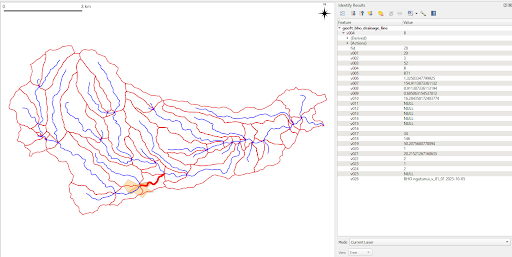
Figure 7: Hydrography dataset of the Ngutunui region in New Zealand
5. Identify multiple image sources for landing cover analysis (completed);
- To collect historic and high-resolution up-to-date imagery over the area, UNOOSA contacted the Land and Information New Zealand Data Service, which provided both historical aerial imagery and LIDAR data sources.
- Historic data for the relevant land patch can be accessed via the Retrolens New Zealand Service (https://retrolens.co.nz/Map/#/1784971.9859981549/5783474.532151884/1786387.2653498782/5784857.564632303/2193/12).
- Up-to-date aerial photos of the area can be accessed here at the New Zealand Data Service. Tile 503 and 603 are the ones of interest (https://data.linz.govt.nz/layer/112048-waikato-03m-rural-aerial-photos-index-tiles-2021-2023/history/).
- Relevant Landsat data are available from 1989. For the study area, Landsat 7 data is available from 2 July 1999, and Landsat 4 from 2 February 1989;
- Google Earth Engine Apps - Global Forest Change (https://google.earthengine.app/view/forest-change)



